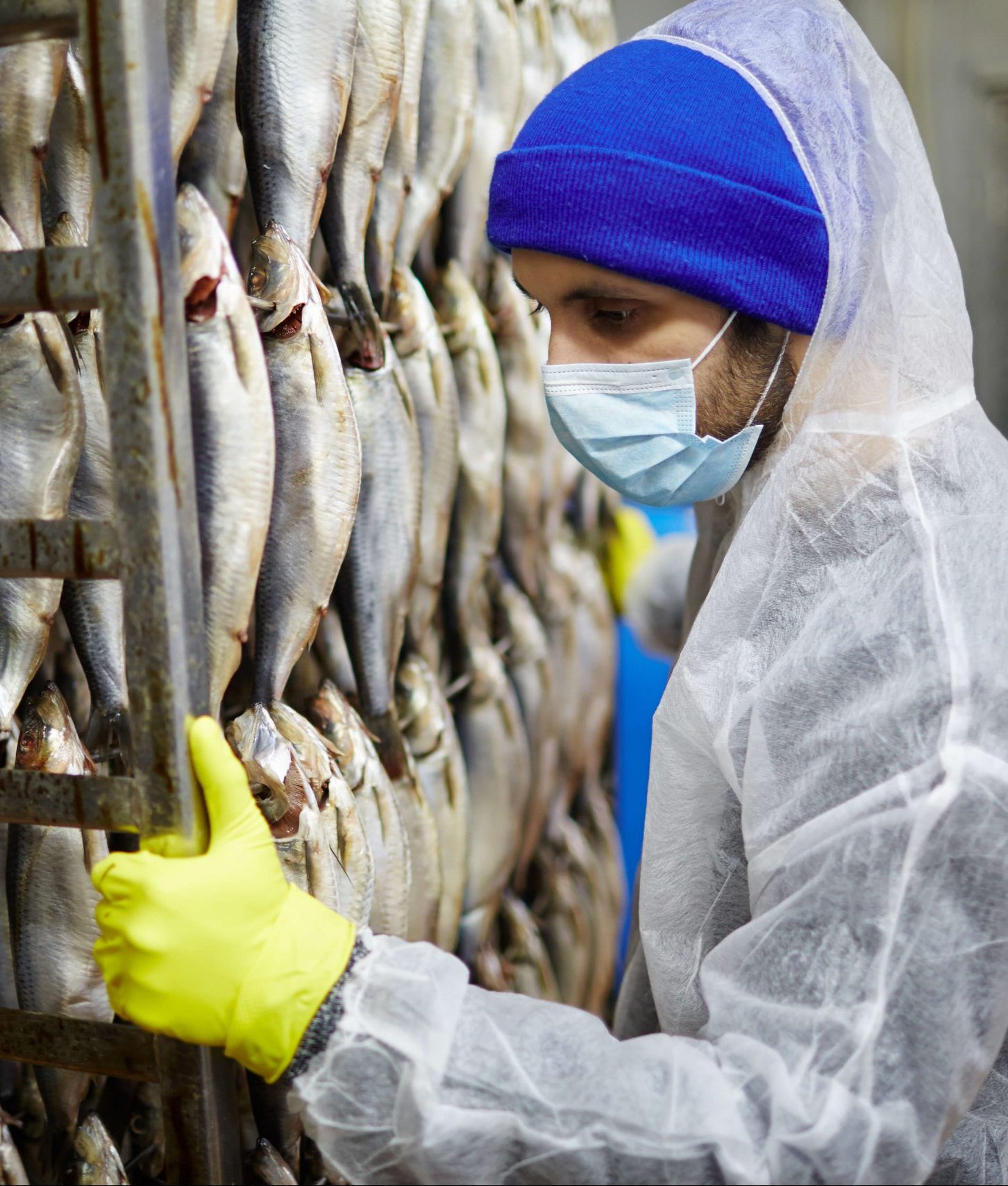Topic
COVID-19
“COVID-19 has exposed some unpleasant truths about the nature of our society—among them, the scale of forced labour in supply chains, and the dangers of chaotic, rushed and unaccountable procurement.” —Andrew Wallis, founder and CEO of anti-slavery charity Unseen.
